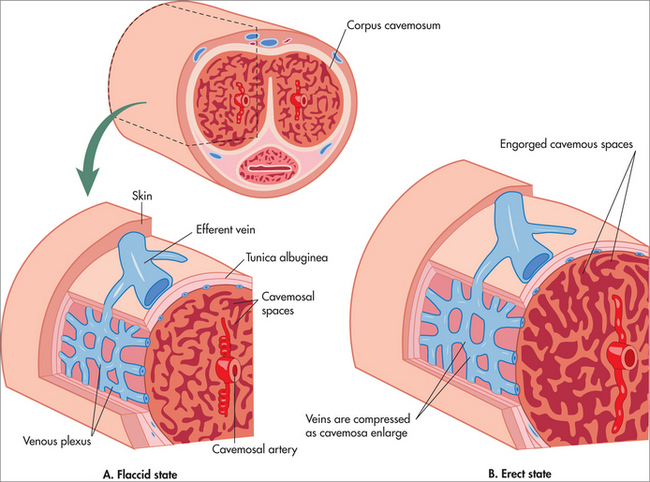Men’s health
INTRODUCTION AND OVERVIEW
Despite the significant advances in healthcare of this century and the previous, men still have poorer health outcomes than women—an example is the current average male life expectancy of 78 years, compared to 83 for females.1 GPs regularly see male patients ignoring warning symptoms, denying health problems and dying prematurely from heart disease and cancer. Statistics show that, compared with females, males in the 25–64 year age group have four times the risk of dying from heart disease, twice the risk of dying from cancer and three times the risk of dying from alcoholic liver disease.
REGULAR SERVICE PREVENTS BREAKDOWNS
Men confront a number of challenges and barriers in being more proactive about their health. First, self-awareness and self-care are often not cultivated by men as much as women, and are not part of the traditional male culture. Images of male resilience and strength are more commonly inflexible and independent. Men also tend to be very career focused, in such a way that taking time off for ‘non-essential’ or ‘non-urgent’ things like GP consultations does not rate highly on the priority list unless the health matter cannot be ignored. Even then, denial is more common among men. Or men can avoid going to the doctor because they find talking about personal issues or vulnerability a lot more difficult than women do, particularly when those issues are of an emotional nature, regarding relationships, for example, or depression or anxiety. Self-medicating for such problems is an important part of the reason that substance abuse is more common among men. Many men may have a preference for consulting a GP of a particular gender. For example, some men may prefer to discuss emotional issues with women, or relationship or sexual issues with an experienced male practitioner. Often when a man presents with psychological and emotional concerns, he may want to approach the problem in a different way than a woman would—for example, a woman (and female practitioner) may wish to discuss the emotions and issues at greater length, whereas the man may want to discuss more direct and pragmatic solutions to dealing with the ‘problem’, whatever that may be. Being flexible in consulting style, or knowing how to open up discussion about emotional issues in a non-confronting way, may be an important skill for the healthcare practitioner to have in dealing with health matters for men. Furthermore, women tend to more often take the children and other family members to the doctor for appointments and so will more commonly establish a stronger link with healthcare practitioners and clinics, or are reminded about personal health issues while there. Women’s greater role than men in nurturing and caring is partly due to nature (biological and hormonal) and partly due to nurture (culture and upbringing). Therefore, confronting the barriers to men being more active participants in their own healthcare requires not only a healthcare practitioner who is sensitive to the consulting issues and psychology of men, but also a change of societal images of manhood.2
Because most people remember their own birthdays, a useful method is to encourage patients to come for their check-up during the month of their birthday. As a minimum, in addition to a basic clinical examination (with or without a prostate check), they should have their weight, girth and blood pressure measured, plus blood tests for glucose, lipids and liver function. Based on the results, further examinations and investigations may be indicated. More likely is the situation where the results of the tests provide an opportunity for health education and counselling about appropriate lifestyle interventions—for example, practical steps that could be taken if their cholesterol or blood pressure is outside the expected range.
Stay updated, free articles. Join our Telegram channel

Full access? Get Clinical Tree



